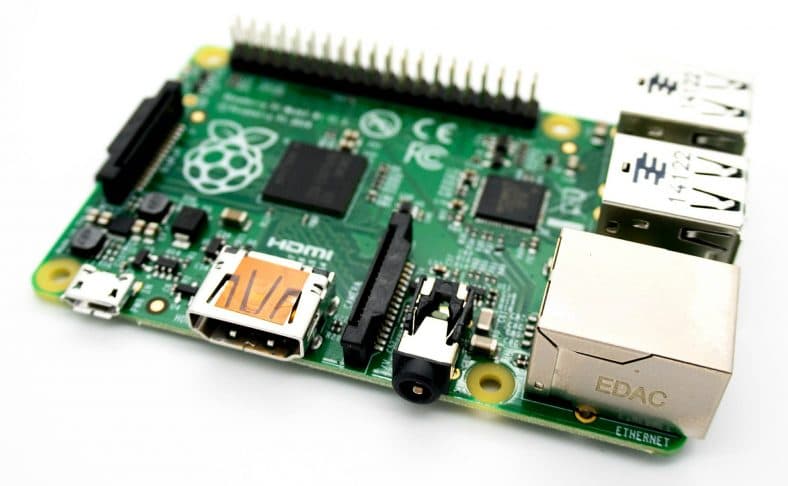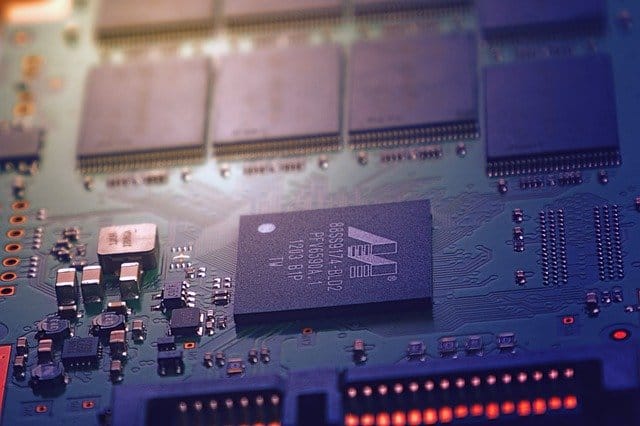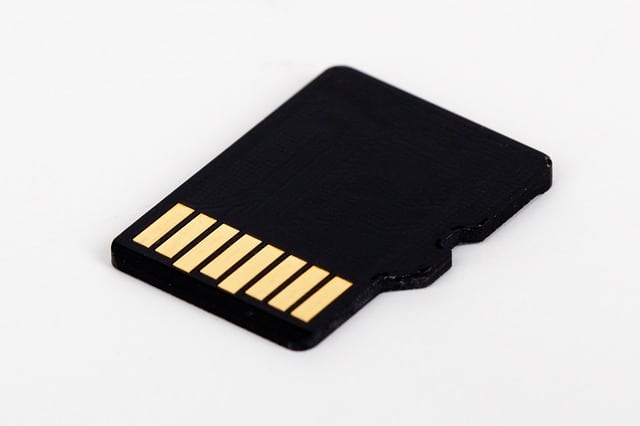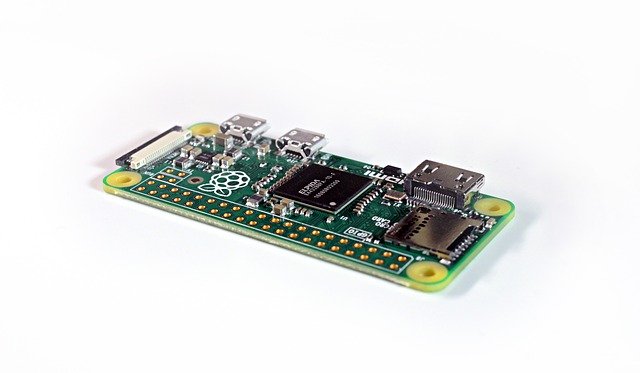Raspberry Pi 3 B Review + Performance
There is so much fun in DIY Raspberry Pi projects, such as security cameras and digital weather stations.
- Raspberry Pi model 3 B+ is the newest upgrade, being more flexible and powerful, but still low priced. I recently run a test for the micro-SD card for Raspberry Pi 3.
The upgrade brings superior WiFi performance, wired LAN performance, CPU frequency (200MHz faster), and other significant modifications but still maintained the 1GB memory.
Below are the first impressions and benchmarks after a brief but thorough experience with the new Raspberry Pi model 3 B+. Read Also: Raspberry Pi 3 vs. two vs. Zero.
Raspberry Pi 3 B Review + Performance
Hardware
Pi 3 Model 3 B+ has two key features that stand out compared to earlier Pi models: a metal shield that covers the Bluetooth and WiFi circuitry (assist in RF emissions containment) and the SoC’s metal cover (for dissipating heat).
But, what are the favorable hardware modifications?
– Model 3 B+ comes with a push or pull MicroSD card slot as opposed to the earlier push-to-eject.
– It comes with a premium-looking Pi logo that is engaged on its wireless cover. Previous models had the symbol being etched on their circuit board, which looked low-class. Further, the Broadcom SoC has a beautiful metal cover.
– Model 3 B+ has a metal enclosure CPU build that dissipates heat well than the plastic covering on the earlier models: without additional active cooling or heatsink.
– Further, it has a highly standardized board layout and forms factor
The critical hardware improvements that could do in the future include:
– Improve the I/O, such as incorporating USB 3.0. ports in place of the current USB 2.0. Read Also: Power Supply for Raspberry Pi 3

Networking
On-board LAN was a critical aspect of the Raspberry Pi Model 3 that required a significant overhaul.
The model 3 B+ now has the 10/100/1000 Gigabit LAN controller as opposed to just the 10/100 controller. Therefore, the in-build port will not be capped at 100 Mbps (practically ~93 Mbps). Model 3 B+ will thus give you more bandwidth, and you won’t need gigabyte networking like before.
Due to the improved Raspbian OS and the Pi 3 B+’s better power, the initial impression with the B+ is excellent.
The test results showed an improvement in the processing power, such as fast USB data transfer and better benchmarks performance.
Its CPU has a heat spreader at its top, and thus the processor won’t throttle its performance. However, the wireless and wired benchmark test showed no significant difference from the previous Pi 3 that has inferior features.
Exposed Circuits design
My first impression of the Raspberry Pi 3B+ is an excellent-looking circuit board that measures 0.63*3.5*2.2 in.
- Notably, all the components are visible: 40-pin GPIO input/output connector and the 1.4GHz ARM processor.
Also, the board includes a micro-SD slot, 3.5mm audio output, HDMI, Ethernet, four USB 2.0, and a micro-USB connector.
Read Also: Build a Raspberry Pi Retro Game Console
Amazing Speed Boost
Just like Raspberry Pi 3 Model B, the all-new Model B+ has a 64-bit processor and in-built wireless connectivity.
- Despite not having not many additional features, the Model B+ has some unique tasks that will be completed much more comfortably.
- For example, with the processor upgrade that allows faster speeds, it’ll be easier to complete tasks that require enormous computing power, such as creating a home-theatre PC.
Further, despite having the same 1GB memory, the Model B+ comes with a 200MHz faster CPU.
On the negative side, however, Pi 3 Model B+ could not effectively play the YouTube 1080p video. However, you may install VLC through different apps or command lines to play SDcard-loaded HD video.
PROS
- Superior networking and faster processor
- Highly customizable and easy to install
CONS
- Ethernet port won’t attain the 1Gbps top speed described.
I used benchmarks from the browser to assess the significance of the 200MHz CPU speed increase.
- First, I used the JavaScript Sunspider 1.0.2, and it took 1.92 seconds. Notably, the above is double the speed of the Raspberry Pi 3 Model B that takes 2.77 secs.
Read Also: Heatsink for Raspberry Pi 3
Requires some Add-Ons
If you are utilizing the Raspberry Pi in complex projects, you must add components such as a Pi case, fans, and heat sinks.
- To create an excellent first computer, you’ll need a case that has top ports’ cut-outs, and that will be easy to dismantle whenever required.
- Also, you can include a PoE hat adapter to power up the Raspberry Pi through the Ethernet cable-supplied power, mainly when used with motion detectors.
Model B+’s Ethernet port will allow the gigabit transfer speeds with speeds going up to 315Mbps. Your WiFi radio will do superior in Model B+’s 5GHz band.



